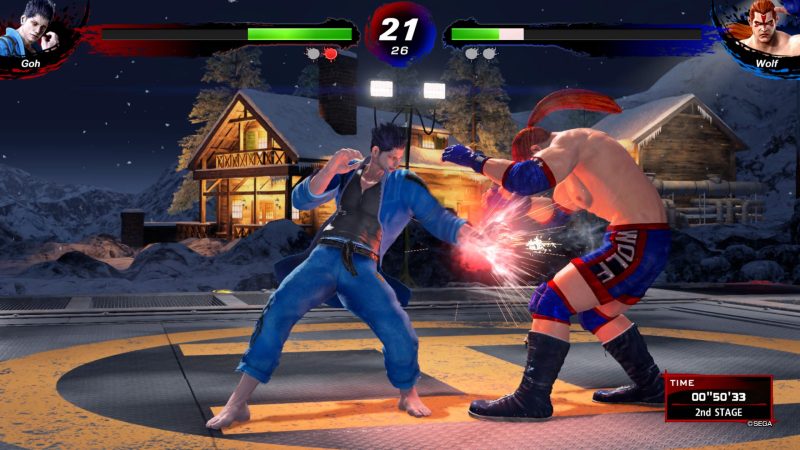Redefining Healthcare Using Modern Technologies Nurse Call Systems

In themid-1800s, when the Crimean War was raging between Russia and an alliance of European power led by Britain, a youthful nanny by the name of Florence Nightingale cooked a new system for cases to summon nurses. Her idea was simple – she’d place a handheld bell by the cases’ bedside, which they could use to ring Nurse Call Systems as and when needed. She drew alleviation from the practice followed in fat homes, where the occupants would call their retainers whenever demanded. This simple idea took root and laid the foundations for ultramodern nanny call systems.
Moment, improvements in healthcare heralded by information & communication technologies in the once many decades have revolutionized the global health sector. While nanny call tools in the once involved rudimentary bells, in the age of technology these tools have converted into bias and software that allow cases to fluently to summon nurses in all kinds of healthcare installations. With healthcare delivery getting more complex and sanitarium admissions raising worldwide, effective case care have come the focus area.
To insure timely response to case requirements, health installations are decreasingly demanding innovative nanny call systems, therefore giving rise to a booming request. A recent report by perceptivity ™ countries that the global nanny call systems request size is projected to reach USD2.79 billion by 2026, growing at a CAGR of11.5. therefore, given the steadily rising demand for advanced healthcare technologies, it isn’t surprising that several companies are strategizing to capture this largely economic request.
Hill-Rom Collaborates with Aviva to Optimize Clinical Workflows
Hill-Rom, the US- grounded medical device company, entered into a cooperation with Aiva in July 2020 to give Volte ® Mobile result, Hill-Rom’s in- room voice adjunct, to both cases and caregivers. Allowing hands-free communication in healthcare installations, the Voalte system is now the only comprehensive mobile result for unchecked clinical communication that includes nanny call, alarm & alert operation, waveform digitization, and medical device integration. For Aiva, this cooperation presents an instigative occasion to expand their network as hospitals are laboriously integrating Aiva’s advanced voice- recognition software with Hillrom’s platform. Once authorized by the case, Aiva utilizes smart sidekicks similar as Amazon Alexa to enable cases to summon caregivers. also, the Aiva- Hillrom combination also facilitates voice communication between cases and nursers, allowing cases to speak directly to the nurses through the device.
Rayland Showcases Next- Gen Clinical Workflow Solution at HIMSS 2020
At the 2020 HIMSS Global Health Conference & Exhibition, Rauland, the American health technology specialist, displayed instigative new additions to its hand Pollee ® Enterprise result along with a new clinical mobile app and innovative appurtenant product immolations. The system has been designed to give clinicians with intelligent nanny call results that can enhance functional effectiveness and optimize workflow process in health installations. The idea behind Responder Enterprise is to insure continued and dependable exchange of patient information between health workers and delivery of superior patient care through data- driven opinions. likewise, the company also unveiled a real- time wearable device called Rayland Every Wear ™ that can track patient position and enable health workers to give timely service.
Azure Healthcare Expands Partnership with a Top US Healthcare Company
In February 2020, Australia- grounded Azure Healthcare Limited blazoned that it has extended its cooperation with a major US sanitarium and healthcare leader by entering into a 3- time Purchase and operation Agreement with this reality. The agreement was completed by Azure’s US attachment, Austco Marketing and Services and will involve the force of Azure’s flagship IP nanny call system as well as its Tacera Pulse Software platform. Tacera will enable the end- stoner to keep track of nanny call cautions, measure performance issues, and collect alarm and response data efficiently. presently, Azure inventories Tacera to further than,500 healthcare installations across 60 countries.
The Centrality of Nursing moxie amid the COVID- 19 Epidemic
The COVID- 19 epidemic has brought to the fore the central part played by nursers in furnishing optimum care to cases, especially in times of health extremities. nursers are the frontline fighters who are at the topmost threat of constricting conditions and infections spread by cases. Admitting this, the World Health Organization declared 2020 as the “ Time of the nanny and Midwife ”, celebrating Florence Nightingale’s 200th birthday. Equipping these real- life icons with ultramodern technologies has always essential and noway ahead has the need for these inventions felt more than now, when the coronavirus is ruining the mortal race.
Overflowing hospitals with unforeseen shaft in COVID cases have overwhelmed healthcare systems around the world, challenging the deployment of effective nanny call results to empower frontline health workers to insure care delivery to all those tormented by the infection. In Spain, for illustration, Semtech, Acility, Redexia, and Everynet handed hospitals in Barcelona with Internet of effects( IoT) bias having geo- located nanny call buttons for free. The relinquishment of nanny call systems is, thus, likely to launch as long as the coronavirus epidemic lasts.
Progress through Innovation Is This the Way Forward for Healthcare?
Disruptive technologies have always revolutionized husbandry and the healthcare assiduity is no foreigner to similar dislocations. In fact, healthcare IT is arising as one of the most promising disciplines, rounded by the advancements in Artificial Intelligence and Machine Learning. nanny call systems driven by smart tools are the vehicle which will help the healthcare sector reach and transgress new mileposts in the foreseeable future. The only factor inhibiting their wide relinquishment is their unaffordability in underdeveloped countries, where health expenditure is low and profitable development is negligible. The coming challenge for companies, thus, is to access these requests and enhance patient care in places where it’s most demanded.





